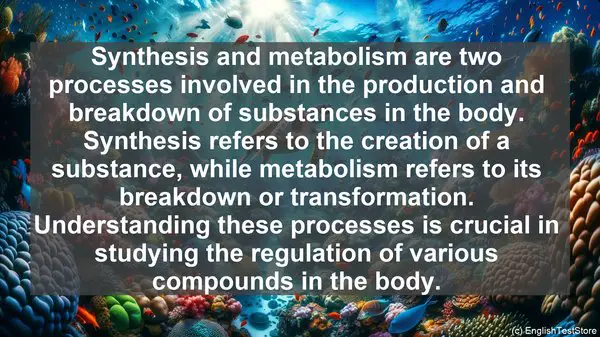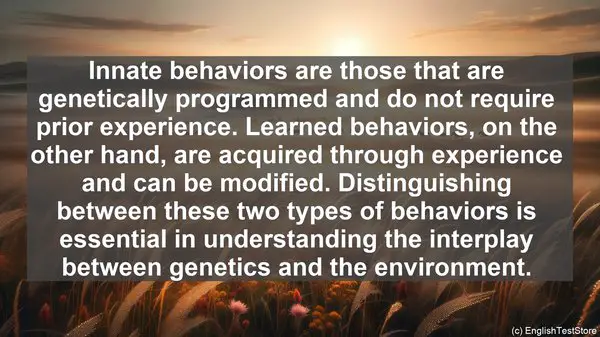Introduction: The Importance of Precise Language
Welcome to our lesson on the top 10 commonly confused words in Behavioral Endocrinology. As with any scientific field, precise language is of utmost importance. Misunderstanding or misusing certain terms can lead to confusion and misinterpretation of research findings. So, let’s dive right in!

1. Hormone vs. Neurotransmitter
Hormones and neurotransmitters are both chemical messengers in the body, but they differ in their scope and mode of action. Hormones are typically released into the bloodstream and act on distant target cells, while neurotransmitters are released in the synaptic cleft and act on adjacent cells. Understanding this distinction is crucial in studying the communication systems of the body.
2. Endocrine vs. Exocrine
The endocrine and exocrine systems are both involved in secretion, but they differ in their mode of delivery. The endocrine system releases hormones directly into the bloodstream, while the exocrine system releases substances through ducts. This difference is vital in understanding how certain substances, like pheromones, are released and their subsequent effects.
3. Innate vs. Learned
Innate behaviors are those that are genetically programmed and do not require prior experience. Learned behaviors, on the other hand, are acquired through experience and can be modified. Distinguishing between these two types of behaviors is essential in understanding the interplay between genetics and the environment.
4. Androgen vs. Estrogen
Androgens and estrogens are both types of sex hormones, but they have different roles and effects. Androgens, like testosterone, are typically associated with male characteristics, while estrogens, like estradiol, are associated with female characteristics. However, it’s important to note that both sexes have varying levels of these hormones, and they play diverse roles in the body.
5. Pheromone vs. Allomone
Pheromones and allomones are chemical signals released by organisms, but they have different targets. Pheromones are released to communicate with individuals of the same species, while allomones are released to affect individuals of a different species. Understanding this distinction is crucial in studying animal behavior and chemical ecology.
6. Activational vs. Organizational
Activational and organizational effects of hormones refer to their timing and permanence. Activational effects are temporary and occur in adulthood, while organizational effects occur during development and have long-lasting or permanent effects. This distinction is vital in understanding the role of hormones in shaping behavior at different life stages.
7. Agonist vs. Antagonist
Agonists and antagonists are substances that interact with receptors, but they have opposite effects. Agonists activate receptors and mimic the effects of a natural substance, while antagonists block receptors and inhibit the effects of a natural substance. Understanding these terms is crucial in pharmacology and drug development.
8. Ectoparasite vs. Endoparasite
Ectoparasites and endoparasites are both types of parasites, but they differ in their location. Ectoparasites live on the surface of the host, while endoparasites live inside the host’s body. This distinction is important in understanding the interactions between parasites and their hosts.

9. Synthesis vs. Metabolism
Synthesis and metabolism are two processes involved in the production and breakdown of substances in the body. Synthesis refers to the creation of a substance, while metabolism refers to its breakdown or transformation. Understanding these processes is crucial in studying the regulation of various compounds in the body.
10. Etiology vs. Pathophysiology
Etiology and pathophysiology are terms used in medical and scientific research. Etiology refers to the cause or origin of a disease or condition, while pathophysiology refers to the abnormal physiological processes that occur as a result of the disease. Distinguishing between these terms is important in understanding the mechanisms underlying various disorders.

